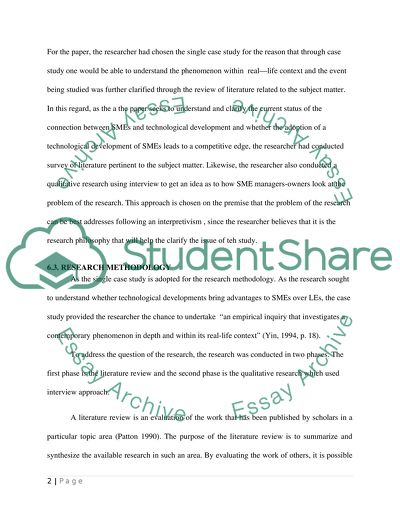Cite this document
(“SME's Agains Large Corporations Dissertation Example | Topics and Well Written Essays - 10000 words”, n.d.)
Retrieved from https://studentshare.org/family-consumer-science/1410264-do-new-technologies-give-a-competitive-edge-to-sme
Retrieved from https://studentshare.org/family-consumer-science/1410264-do-new-technologies-give-a-competitive-edge-to-sme
(SME'S Agains Large Corporations Dissertation Example | Topics and Well Written Essays - 10000 Words)
https://studentshare.org/family-consumer-science/1410264-do-new-technologies-give-a-competitive-edge-to-sme.
https://studentshare.org/family-consumer-science/1410264-do-new-technologies-give-a-competitive-edge-to-sme.
“SME'S Agains Large Corporations Dissertation Example | Topics and Well Written Essays - 10000 Words”, n.d. https://studentshare.org/family-consumer-science/1410264-do-new-technologies-give-a-competitive-edge-to-sme.


